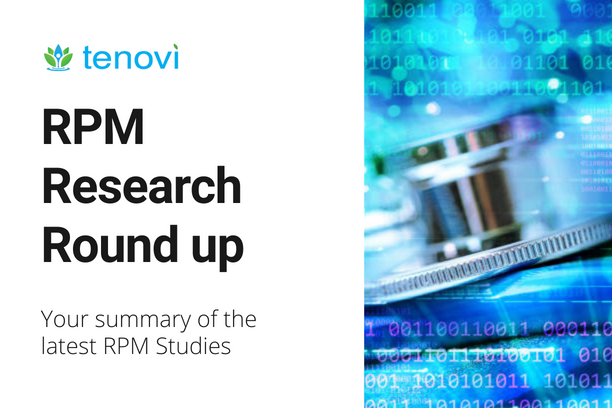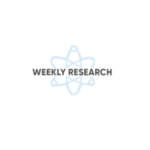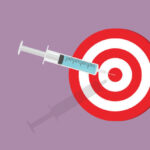Medicaid remote patient monitoring is a technology-driven approach to diabetes management with significant potential. Remote patient monitoring addresses the increasing prevalence of diabetes in the United States. Further, the dual impact of diabetes on individuals’ well-being and the nation’s healthcare expenditure underscores the urgency for progressive remedies.
This article examines a pivotal study exploring the impact of remote monitoring on diabetes care for Medicaid patients. The research reveals insights into adherence rates, blood glucose level fluctuations, and the influence of testing timing.
Diabetes Statistics
According to the CDC, 37.3 million individuals, or 11.3% of the entire population, have diabetes. Among these cases, 28.7 million adults and children are officially diagnosed. Meanwhile, within this diagnosed group, the majority, about 28.5 million, are adults. Additionally, 8.5 million people remain undiagnosed. That means a concerning 23.0% of adults with diabetes have not yet been identified.
Diabetes on the Rise and Medicaid Remote Monitoring
As the prevalence of diabetes continues to rise, it is increasingly crucial to explore innovative strategies for its effective management. Medicaid remote monitoring has shown the potential to revolutionize diabetes care, especially for Medicaid patients. First, remote patient monitoring (RPM) entails gathering patient health data such as vital signs, weight, blood pressure, and blood glucose.
This vital data is then transmitted to medical experts for evaluation. While more than 50% of state Medicaid programs provide reimbursement for RPM, there are regulations governing its use. The Center for Connected Health Policy lists states that offer some form of Medicaid reimbursement for RPM and telehealth.
Today’s study summary investigates the adherence of Medicaid beneficiaries to daily Medicaid remote monitoring protocols, adherence, adherence, glucose control, and patient engagement.
Medicaid Remote Monitoring Study
The study sought to investigate the potential of Medicaid remote monitoring for enhancing diabetes management. Hence, the objective was to examine the adherence levels of Medicaid patients with diabetes to daily remote monitoring protocols. In addition, the correlation between adherence, blood glucose level variations, and the impact of testing time data were analyzed. Participants in the study encompassed 382 predominantly urban Medicaid patients from south Texas.
Patients were separated into adherent (transmitted data on at least 120 of 150 days) and non-adherent cohorts. After that, blood glucose changes were analyzed based on testing times. The adherent cohort, comprising 48.7% of the participants, displayed a transmission rate of 86.3% compared to the 36.9% rate in the non-adherent group.
Subsequently, adherent patients showed a decrease in mean blood glucose levels by an average of 9 mg/dL over 5 months. Variability in blood glucose levels improved by 3 mg/dL. This data highlights the feasibility of sustaining patient engagement in Medicaid remote monitoring interventions.
Key Findings in Medicaid Remote Monitoring
The study concluded that Medicaid remote monitoring can effectively manage diabetes in patients by improving adherence rates and glycemic control. Adherence calls helped enhance adherence. However, some patients still faced challenges in transmitting blood glucose data. Nevertheless, remote monitoring can reduce the risk of adverse outcomes associated with diabetes.
As the diabetes epidemic persists, innovative solutions like remote monitoring hold immense promise in transforming diabetes care. By embracing technology-enabled solutions, the healthcare landscape can evolve to address the challenges posed by diabetes and pave the way for healthier futures.
Scroll down now to subscribe to Tenovi’s Weekly Research Round-Up. If you are part of a chronic care management, telehealth, or RPM software and services company, explore Tenovi RPM solutions. Book your free demo and consultation with us today.






